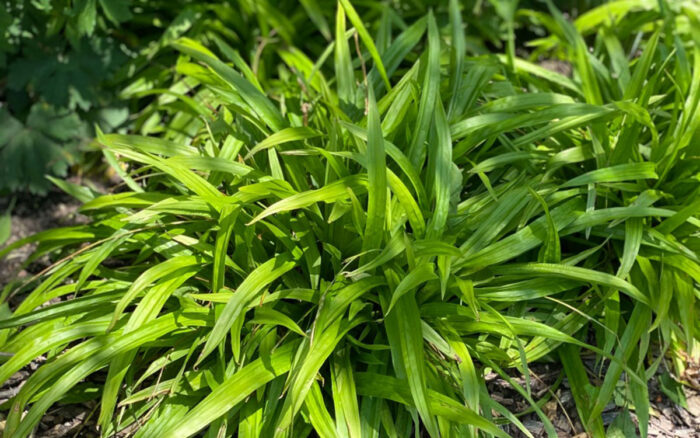
Being an undercover plant addict is my worst-kept secret. Sedges (Carex spp. and cvs., Zones 3–10) are my current fixation. I think spending so many years hooked on hostas (Hosta spp. and cvs., Zones 3–8) and their big, rounded leaves has left me hungry for something new. A genus of over 1,500 species, sedges can grow in habitats ranging from dry to wet and from sunny to shady, and in various soil types through virtually every region of the world. These versatile and attractive plants have their place in any garden. Here are three of my favorite native sedges.
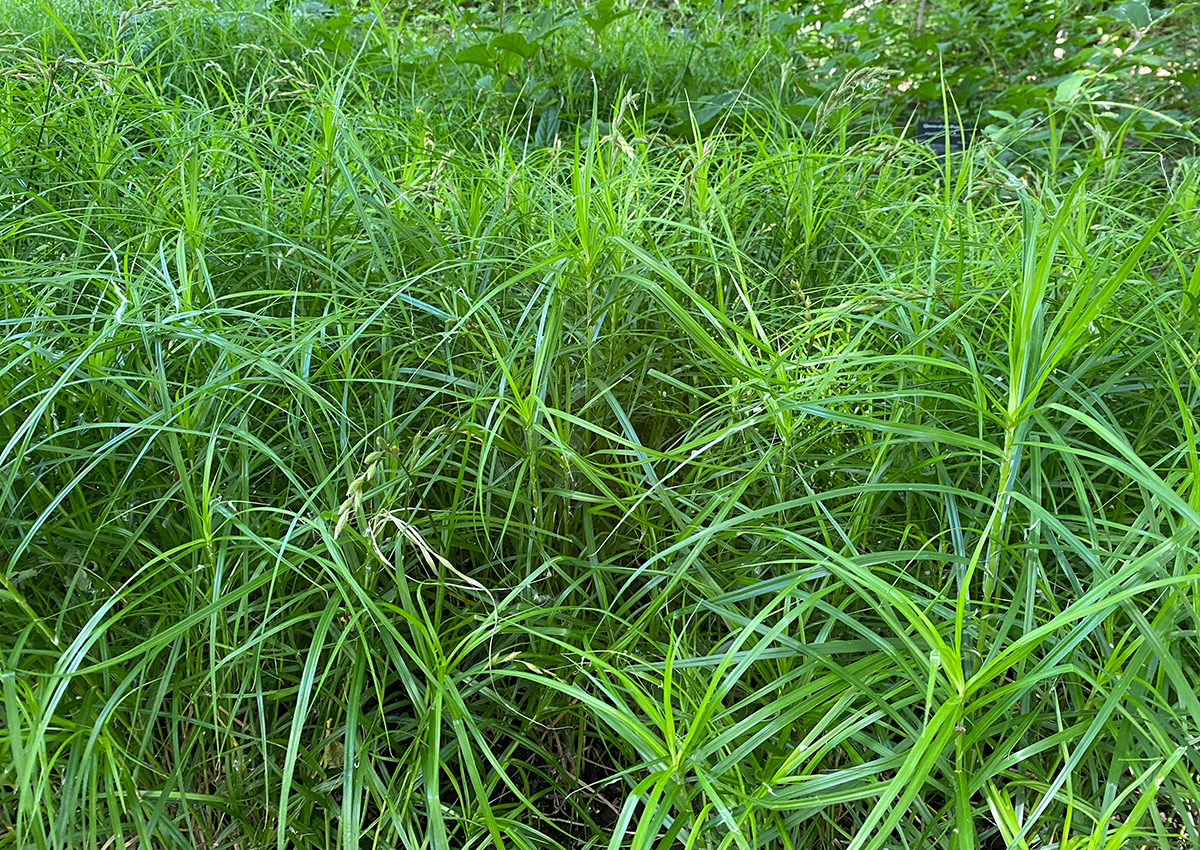
‘Little Midge’ palm sedge
Carex muskingumensis ‘Little Midge’, Zones 3–9
Damp soils are problematic whether they are in the garden or in areas where one would prefer to have a lawn. Fortunately, ‘Little Midge’ palm sedge was introduced as an answer to that problem. A compact plant that colonizes in optimum conditions to create a lush green carpet, ‘Little Midge’ grows into rounded clumps 8 to 10 inches tall and 10 to 18 inches wide. It’s lovely as a specimen plant or planted in groups. It also looks pretty in containers as a filler or accent. Preferring dappled to full shade, it performs well enough in full sun if consistently kept moist. Resistant to pests and grazing from deer and other herbivores, it is a reliable choice for woodland, native, and wetland gardens.
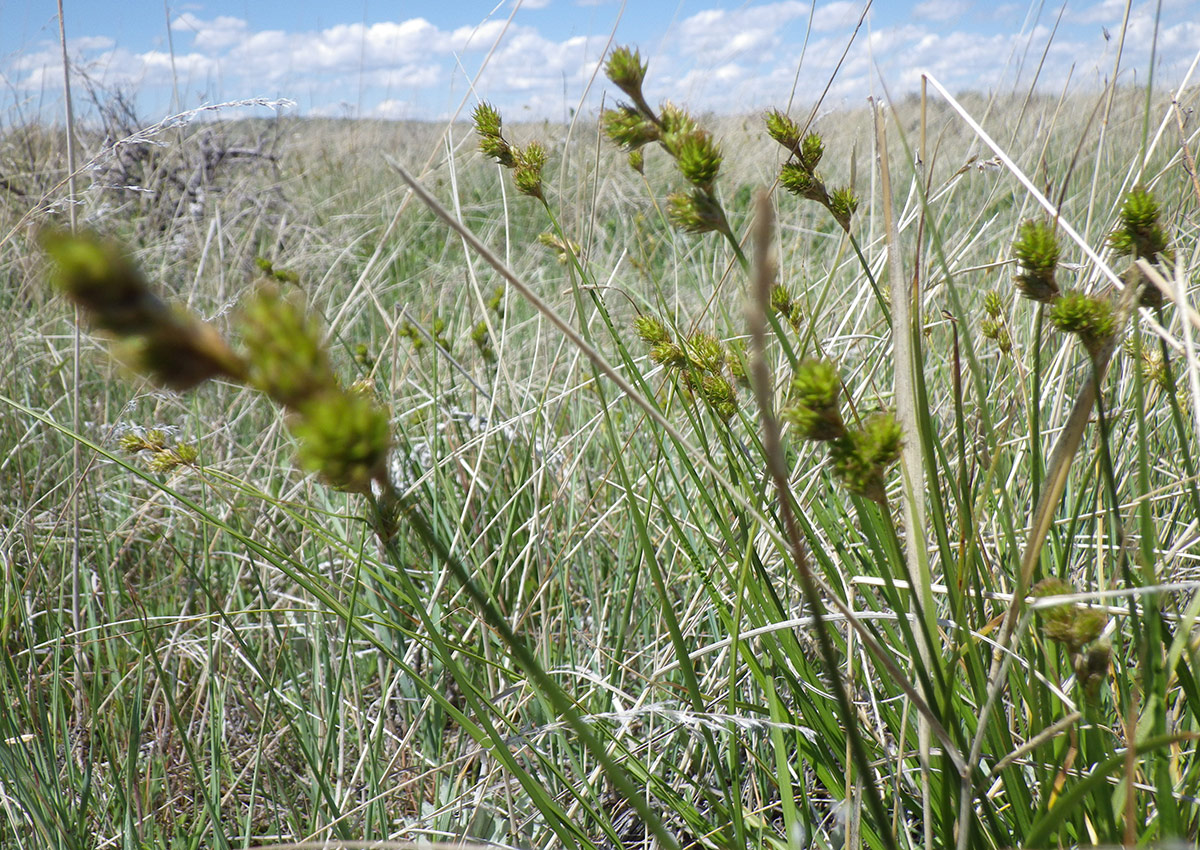
Plains oval sedge
Carex brevior, Zones 3–8
A lakeside project provided this designer with several challenging scenarios after a new home was built. Soil disturbance, changing elevations, and new drainage patterns created a large, depressed area under a grove of eastern cottonwood trees (Populus deltoides, Zones 2–9). The environment couldn’t support a lawn, was shady, and got quite soggy after storms, requiring serious research to find a solution. The answer was a mass planting of Plains oval sedge under the trees and throughout the depressed soil. Hardy to Zone 3 and native throughout most of the United States, it’s a tall sedge; the leaf blades are only 1/8-inch wide, but each grows to 12 inches long, with the seed heads reaching a height of 3 to 4 feet in late spring. This sedge takes full sun to partial shade. The soft foliage cascades to the side later in the season, creating the look of waves. Spacing is recommended at 18 to 24 inches, but a tighter planting might be better. I interplanted this with ‘Blue Danube’ camass (Camassia leichtlinii subsp. suksdorfii ‘Blue Danube’ syn. ‘Blauwe Donau’, Zones 5–9) for a pop of color in late spring. The bulbs need to be replanted every two years to keep the display robust.

Plantain-leaf sedge
Carex plantaginea, Zones 4–8
This sedge thrives in rich woodlands, ravines, and mountain slopes. Indigenous to the northeastern United States, it can be found growing wild as far west as Minnesota. One of the only hardy wide-leaved sedges available to gardeners in our region, plantain-leaf sedge is often mistaken for liriope (Liriope spp. and cvs., Zones 4–10) by those unfamiliar with it. Reaching a compact size of 1 foot tall and 1 foot wide, it is a tidy little plant. I use it judiciously, as I find it doesn’t have much tolerance for being disturbed. Having planted a dozen several years ago in my garden, the ones planted where the dog has walked have not fared so well. Those tucked back away from traffic are happier and still there. In a client’s woodland garden, I planted several dozen in various groupings. They are not regularly bothered and are doing quite well. Plantain-leaf sedge does best in partial shade and moist soil but adapts to drier, shadier locations.
Care tips for these sedges
All three of these sedges have important similarities that merit mention. Their foliage holds well over the winter, and like grasses, their leaves should be left up for winter interest. You can cut the foliage back just above the base of the plant in early spring before new growth emerges. As native plants, these sedges have seed heads that are a food source for native birds, with the narrow, grassy foliage being a choice perch for the caterpillars of woodland butterflies to feed upon. All are adaptable but are happiest in a partially shaded, moist site. Give them what they want, and you will have happy, carefree plants that need little if anything else. No pruning, no fussing, no staking, and no deadheading are required. No prima donnas here, only carefree sedges.
For more native plants, check out:
- Great Native Plants for the Northern Plains
- 6 Native Bee Balms to Grow for Gorgeous Color in the Garden
- The Best Native Viburnums for the Northern Plains
And for more Northern Plains regional reports, click here.
—Marti Neely, FAPLD, owns and operates Marti Neely Design and Associates in Omaha, Nebraska.



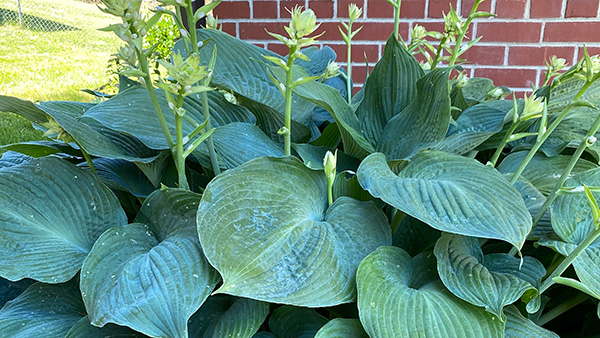
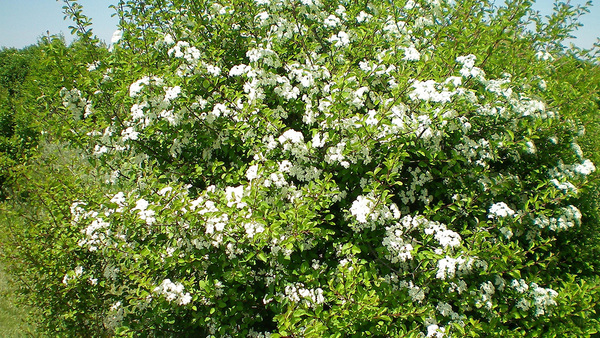
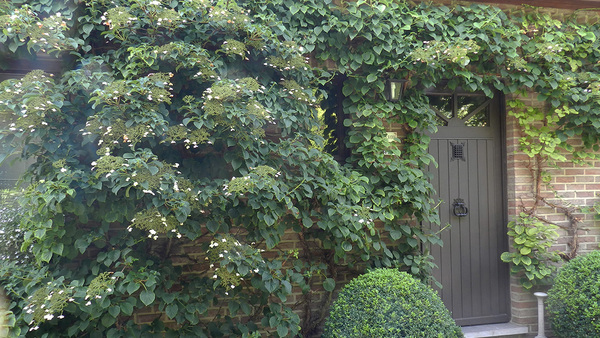












Comments
Log in or create an account to post a comment.
Sign up Log in